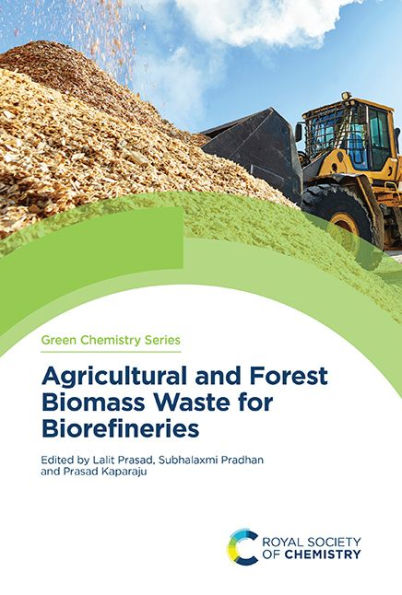Both agriculture and forestry produce a large amount of biomass waste. Historically much of this has either been sent to landfill or burnt, increasing greenhouse gas emissions and wasting potentially valuable resources. By converting this biomass instead into useful products, we can reduce greenhouse gas emissions, avoid waste and reduce the need for other sources for these products.
Introducing the different types of biomass that can be obtained from agriculture and forestry this book looks at the challenges in using them, specific applications and their role in creating a more sustainable and environmentally friendly economy. It will provide useful insights for green chemists, agricultural chemists and anyone interested in biorefinery science.
Both agriculture and forestry produce a large amount of biomass waste. Historically much of this has either been sent to landfill or burnt, increasing greenhouse gas emissions and wasting potentially valuable resources. By converting this biomass instead into useful products, we can reduce greenhouse gas emissions, avoid waste and reduce the need for other sources for these products.
Introducing the different types of biomass that can be obtained from agriculture and forestry this book looks at the challenges in using them, specific applications and their role in creating a more sustainable and environmentally friendly economy. It will provide useful insights for green chemists, agricultural chemists and anyone interested in biorefinery science.

Agricultural and Forest Biomass Waste for Biorefineries
406
Agricultural and Forest Biomass Waste for Biorefineries
406Related collections and offers

